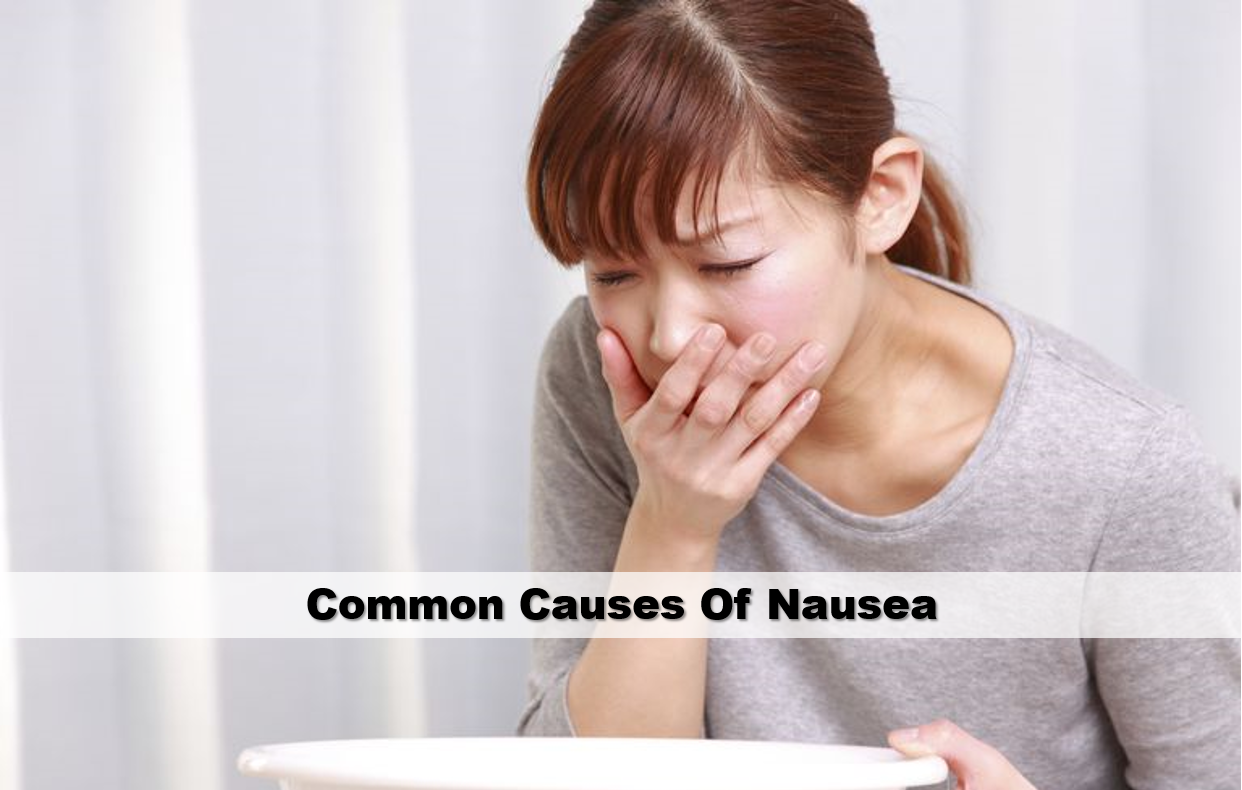Bacillus Dysentery

Bacillus Dysentery
Bacilli Dysentery; It is an acute picture of gastrointestinal infection caused by Shigella species. Since human is the only source of causative bacteria in nature, the disease spreads in the society as a result of human-induced faecal contamination (contamination with feces) of water resources and foods.
How Is It Transmitted?
Even the presence of very few Shigella bacteria (only 10 bacteria) can lead to the disease. The disease is transmitted through water and food contaminated with the causative bacteria. Fecal-oral spread occurs rapidly in environments where cleaning conditions are insufficient, there is not enough and safe potable water, and hands are not washed. Water-borne outbreaks occur, especially if sewage is mixed with water. Transmission can also occur from person to person. It passes directly or indirectly from the patient or the carrier through the fecal-oral route.
What are the Symptoms?
The onset of the symptoms of the disease usually begins 2-4 days after the microorganism is taken orally (orally), but it may last up to a week. Although the disease usually lasts for a few days, it can sometimes last for weeks. Shigella; It causes diarrhea by irritating the intestinal mucosa. There are bloody diarrhea complaints that start with headache, nausea-vomiting, fever rapidly rising to 38 ° C and above, cramp-like abdominal pain, tenesmus (feeling of defecation but actually no stool). Blood, mucus, or pus may be present in the stool. However, in a third of cases, there may be only watery stools. In rare cases (young children) a referral may occur. The healing process of the disease takes 4-7 days.
How is it diagnosed?
Since the clinical picture caused by shigella cannot be distinguished from other dysentery-like conditions, especially amoebic dysentery, diagnosis is based on laboratory examination. Laboratory result is critical especially in the direction of treatment (for the distinction of antibiotic or antiparasitic drug administration). In addition to clinical findings, the diagnosis is made by producing the agent in the culture made from the stool samples taken from the patient. In addition, antibiotic resistance should be investigated.
How is it treated?
In addition to appropriate antibiotic and liquid-electrolyte support, easy-to-digest foods and plenty of water should be given.
Sick people should consult a physician as soon as possible.
What are the Ways of Protection?
- There is no vaccine for the disease.
- Control of drinking and utility water, adapting living conditions to hygienic conditions and paying attention to hygiene rules are basic protection measures.
- It is practically impossible to prevent the spread of the disease in the community in the absence of a developed sewage system and safe drinking water. Therefore, national public health strategies should include the improvement of sewage systems, provision of water and food hygiene, public education and handling antibiotic use.
- There is no commonly used vaccine.
- The disease spreads in the community as a result of human-induced faecal contamination of water resources and food (contamination with feces) and people living in these areas are at risk.

Who is in the Risk Group?
The disease spreads in the community as a result of human-induced fecal contamination of water resources and food (contamination with feces) and people living in these areas are most affected.





